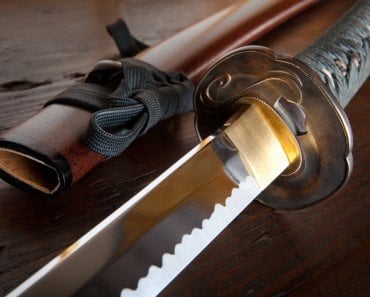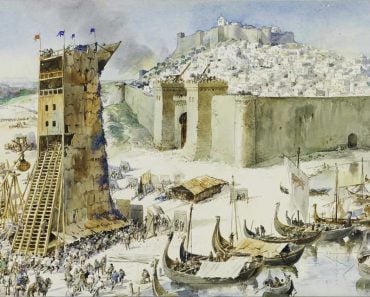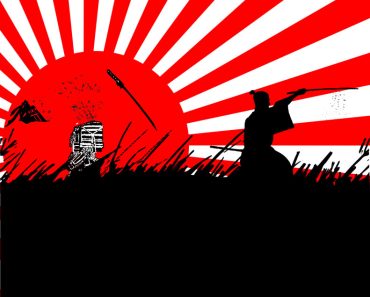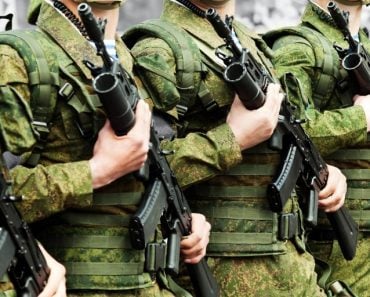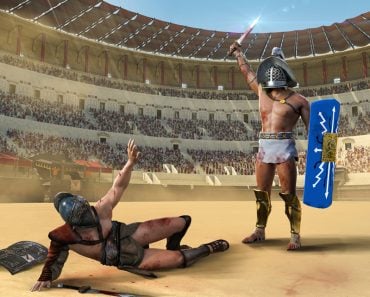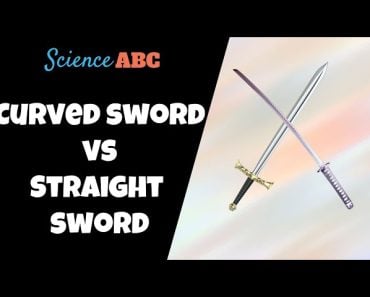Table of Contents (click to expand)
The Spartans fought by heavily training their citizens to become soldiers from a young age, teaching them military history, tactics, strategy and fighting skills. They also divided their soldiers into smaller groups that learned to work and fight together, and used the phalanx formation in battle.
When you think back through history, there are many legendary empires and fighting forces, usually led by brilliant commanders and revered for their ferocity in battle. From the Vikings and the Mongols to the Roman Legion and Samurai warriors, we are fascinated by incredible fighting cultures. Perhaps more impressive than any other warrior culture, the Spartans remain respected as the greatest fighters the world has ever known.
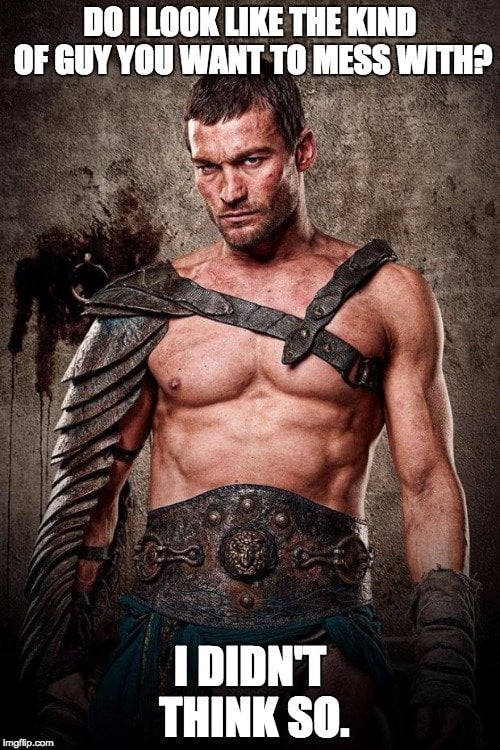
This leads to an obvious question…. what made them so great? Well, an obsession with war and military-mindedness that pervaded every aspect of Spartan life is the easiest explanation, but there’s a bit more to it than that…
Recommended Video for you:
The Spartan War Machine
One effective method of developing the greatest fighters is to focus your entire culture around supporting the military. When any male Spartan child was born, it was determined whether he was strong enough to one day become a soldier in the Spartan army. If they were deemed unfit, they were killed, as weakness was not tolerated in Spartan society. At the age of 7, boys entered military training, called agoge.
For the next twenty years or more, the young men of Sparta were trained in military history, tactics, strategy and fighting skills. Sparta’s warlike nature, particularly against its neighboring city-states of Greece, meant that they were in a perpetual state of preparedness, so a constant supply of talented, devoted soldiers was essential.
Those young men who didn’t pass the agoge by the age of thirty would not be made full citizens (Spartiates) of the Spartan state, and would not be granted land in exchange for their military service. After more than two decades of training, if a man became a full citizen of Sparta, he could take up no other profession or trade that would distract him from his sole responsibility as a warrior. This made the core of Sparta’s army the sort of muscled gods popularly shown movies, such as 300.
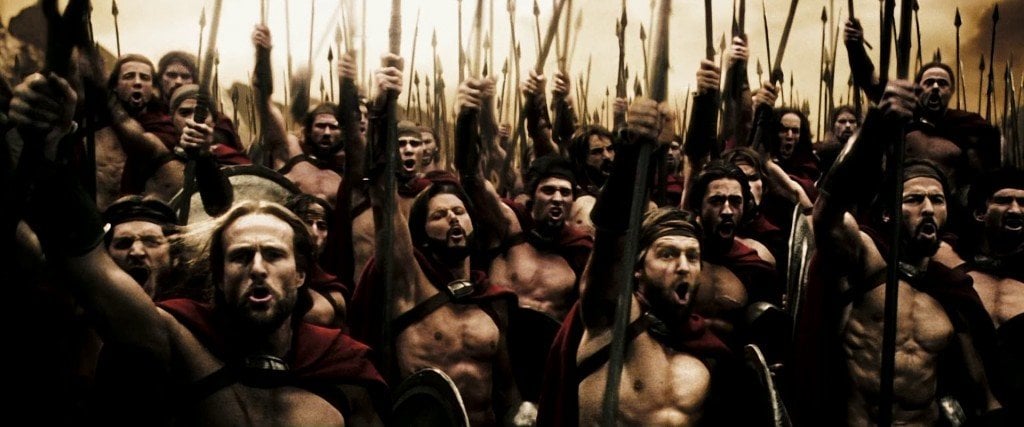
This unique social structure meant that being a soldier was the only way to participate in the state and earn respect. Two other classes of citizens also existed. Perioeci were non-citizens who lived nearby and supported the Spartan war effort in other ways, as merchants, craftsmen and other infrastructural roles. Helots were state-owned serfs, and represented the majority of the population. Everything in the Spartan culture existed to serve and strengthen the military might of the city-state. However, that doesn’t fully explain Sparta’s incredibly successful military history.
Tricks Of The Spartan Army
Not only were their warriors incredibly well-trained, but they were also disciplined and taught to fight in a united group. There was no room for an “every man for himself” mentality. Most Greek city-states utilized the phalanx formation, which consisted of an undefined group of men in a tight, rectangular formation, and covered thoroughly with large shields on every side.
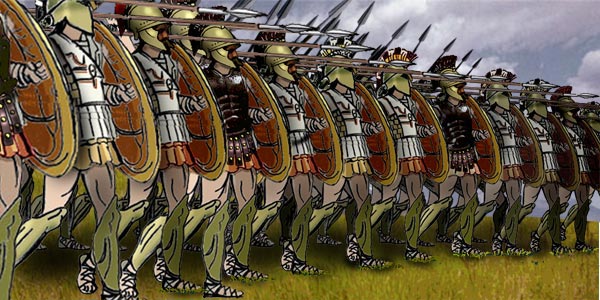
These phalanxes would work as a cohesive group, where spear-wielders would position their spears over the tight line of large shields, making forward assaults on the formation very deadly. If any man in the phalanx line fell, he would be immediately replaced by another from behind.
This wasn’t a unique strategy in ancient Greece, but Spartan strength and militaristic prowess made their phalanxes particularly unbreakable, with only one recorded “breach” at the Battle of Leuctra. With a core cadre of between 3,000-5,000 elite soldiers in the Spartan army, the fighters were further subdivided into smaller groups that learned to work and fight together.
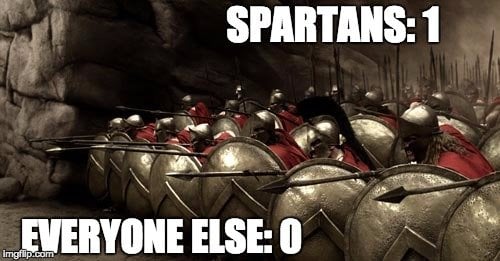
This efficient system helped Sparta defend against its many enemies by sending trusted groups of fighters to eliminate threats, without having to dedicate too many troops and weakening the defenses elsewhere.
While strategy was a crucial element of Spartan military success, honor and nobility were also crucial aspects of their philosophy. For that reason, guerrilla fighting tactics and other approaches to victory were looked down upon, as they were seen as ignoble. In Spartan society, only two types of people were allowed to have gravestones, women who died during childbirth and men who fell in battle. Facing your enemy and overcoming them through strength and savvy was the Spartan way, and no technique was better than the phalanx to do that.
Tools Of The Spartan Trade
In terms of weapons and equipment, Spartan battle gear evolved gradually over time. The shield used by Spartans, the hoplon, is where the name for common Spartan soldiers (hoplites) comes from. Each hoplite would be covered by a bronze breastplate, a helmet equipped with cheek guards, greaves and shin armor. The shield itself was made of bronze and wood, and protected warriors from chin to knee.
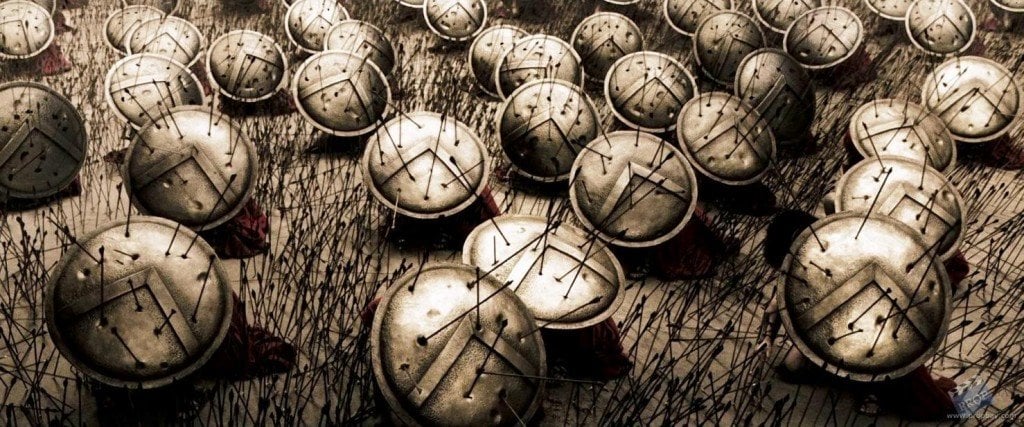
As for weapons, Spartans preferred the use of spears, called doru, which had a spearhead at one end and a spike at the other. Each soldier also carried a short sword, called a xiphos, which had a slightly curved blade and helped Spartans fight in close combat situations. Unlike many other Greek city-states, Spartan xiphos were about 25% shorter, giving them more flexibility and success in their phalanx formations. A different type of sword, a kopis, was used by some Spartans, and this particularly brutal, short sword was employed for hacking violently and quickly at enemies. Many Spartan warriors also bore javelins to pierce the armor of approaching enemies. Or sometimes, their faces, as you can see in this clip from Zach Snyder’s cult classic, 300.
Spartan Leadership, Loyalty And Legacy
With violence and strength being such critical elements of the society, it is a wonder that there weren’t more violent uprisings or coups. However, as mentioned earlier, Spartan warriors were not only taught how to fight, but also imbued with a sense of honor and devotion to their city-state. Their individual accomplishments did not matter, only their role in the greater achievements of the Spartan state were considered important.
Furthermore, with enemies pressing in from every side, both foreign powers and other Grecian city-states, Spartans had to be uni-directional in their mindset, and the strict rigidity of hierarchy and social structure kept soldiers and citizens alike in line.
The legends of Spartan military might will surely persist, and while some of their exploits have reached Herculean standards, much of the admiration for Spartan military might is well-deserved. Beating back the Persians at the Battle of Thermopylae largely protected the rest of Greece from falling under Persian rule. Given Greece’s key role as the birthplace of western society, Spartan heroics on the battlefield is something we should still respect to this day.


